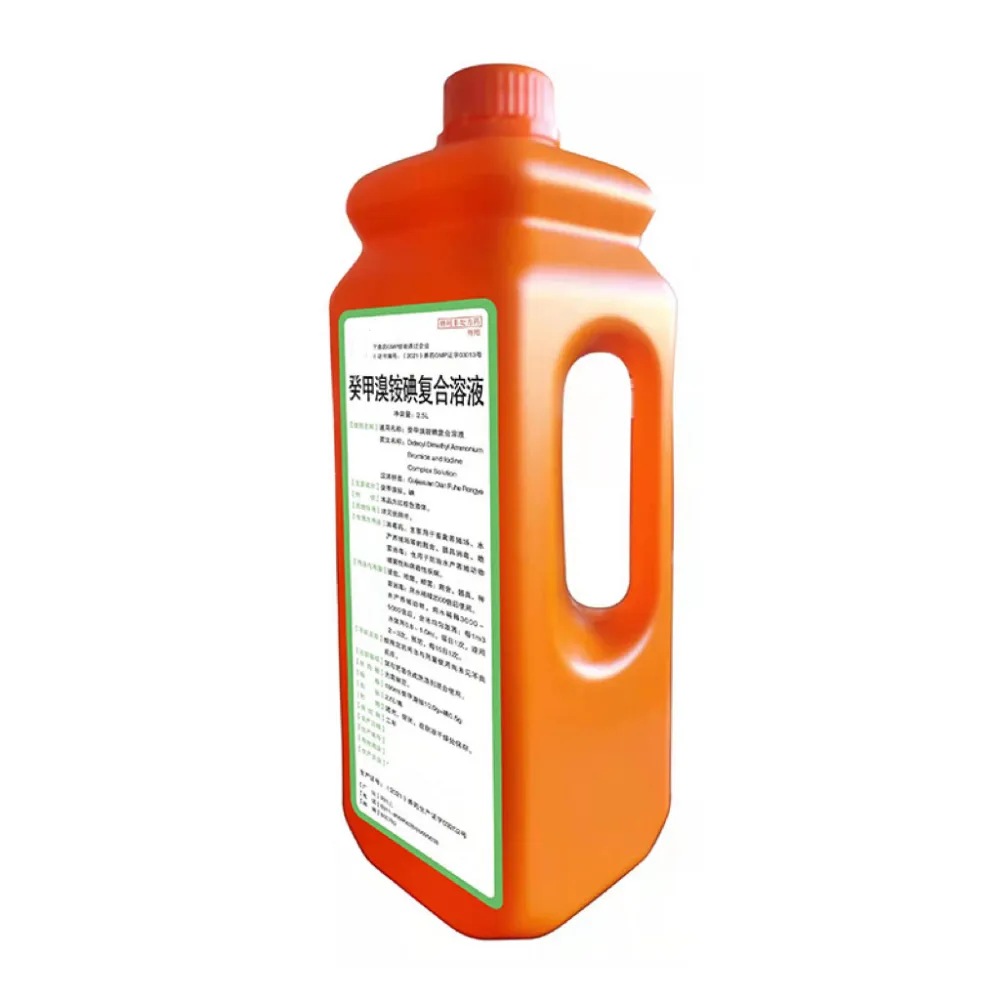- Afrikaans
- Albanian
- Amharic
- Arabic
- Armenian
- Azerbaijani
- Basque
- Belarusian
- Bengali
- Bosnian
- Bulgarian
- Catalan
- Cebuano
- Corsican
- Croatian
- Czech
- Danish
- Dutch
- English
- Esperanto
- Estonian
- Finnish
- French
- Frisian
- Galician
- Georgian
- German
- Greek
- Gujarati
- Haitian Creole
- hausa
- hawaiian
- Hebrew
- Hindi
- Miao
- Hungarian
- Icelandic
- igbo
- Indonesian
- irish
- Italian
- Japanese
- Javanese
- Kannada
- kazakh
- Khmer
- Rwandese
- Korean
- Kurdish
- Kyrgyz
- Lao
- Latin
- Latvian
- Lithuanian
- Luxembourgish
- Macedonian
- Malgashi
- Malay
- Malayalam
- Maltese
- Maori
- Marathi
- Mongolian
- Myanmar
- Nepali
- Norwegian
- Norwegian
- Occitan
- Pashto
- Persian
- Polish
- Portuguese
- Punjabi
- Romanian
- Russian
- Samoan
- Scottish Gaelic
- Serbian
- Sesotho
- Shona
- Sindhi
- Sinhala
- Slovak
- Slovenian
- Somali
- Spanish
- Sundanese
- Swahili
- Swedish
- Tagalog
- Tajik
- Tamil
- Tatar
- Telugu
- Thai
- Turkish
- Turkmen
- Ukrainian
- Urdu
- Uighur
- Uzbek
- Vietnamese
- Welsh
- Bantu
- Yiddish
- Yoruba
- Zulu
ಡಿಸೆ . 04, 2024 10:24 Back to list
Uses of Gentamicin Sulfate in Medical Treatments and Infections
Gentamicin Sulfate Uses, Benefits, and Considerations
Gentamicin sulfate is an antibiotic belonging to the aminoglycoside class, widely recognized for its effectiveness against various bacterial infections. Since its introduction, gentamicin has been an essential tool in both human and veterinary medicine, renowned for its broad spectrum of activity against gram-negative bacteria, as well as some positive strains.
Mechanism of Action
Gentamicin works by inhibiting bacterial protein synthesis. It binds to the ribosomal subunit of susceptible bacteria, causing misreading of mRNA and ultimately leading to the production of nonfunctional proteins. This action not only halts bacterial growth but can also lead to bacterial cell death, making it a bactericidal agent. Its effectiveness is particularly notable against pathogens such as Escherichia coli, Pseudomonas aeruginosa, and Staphylococcus aureus.
Medical Uses
The spectrum of infections treatable with gentamicin sulfate is wide. It is frequently used for
1. Severe Infections Gentamicin is often prescribed in cases of severe infections like sepsis, particularly when the infected individual is immunocompromised or bears underlying health conditions. 2. Urinary Tract Infections (UTIs) It is effective against complicated UTIs, especially those caused by gram-negative bacteria resistant to other antibiotics.
3. Pneumonia and Respiratory Infections In combination therapy, gentamicin can treat hospital-acquired pneumonia or other serious respiratory infections.
gentamicin sulfate is used for

5. Ocular Infections Gentamicin sulfate is available in eye drop formulations to treat bacterial infections of the eye, such as conjunctivitis.
6. In Veterinary Medicine Gentamicin is used to treat infections in animals, including pets and livestock, addressing similar bacterial concerns.
Administration and Dosage
Gentamicin sulfate can be administered intravenously, intramuscularly, or topically. The dosage and route depend on the type and severity of the infection, as well as the patient's renal function. Close monitoring is vital because gentamicin has a relatively narrow therapeutic window, which means the dosage must be precisely adjusted to avoid toxicity.
Toxicity and Side Effects
Despite its efficacy, gentamicin sulfate can cause side effects, particularly nephrotoxicity (kidney damage) and ototoxicity (hearing loss). Therefore, patients receiving gentamicin must be monitored for signs of kidney impairment or auditory issues, especially if treated over an extended period or in conjunction with other nephrotoxic drugs.
Additionally, like many antibiotics, there is a risk of developing resistance if gentamicin is used excessively or inappropriately. This resistance can compromise its effectiveness against certain bacterial strains, making appropriate use essential.
Conclusion
Gentamicin sulfate continues to be a cornerstone in the treatment of bacterial infections, particularly when other antibiotics fail or resistance is encountered. Its ability to provide rapid results is commendable, but it is equally critical that healthcare providers use it judiciously to maintain its efficacy. Understanding its uses, benefits, and potential risks allows for informed decisions in the fight against bacterial infections, ensuring patient safety while effectively managing diseases. As the landscape of bacterial resistance evolves, ongoing research and vigilance will be key in maximizing the benefits of gentamicin sulfate in clinical practice.
-
Guide to Oxytetracycline Injection
NewsMar.27,2025
-
Guide to Colistin Sulphate
NewsMar.27,2025
-
Gentamicin Sulfate: Uses, Price, And Key Information
NewsMar.27,2025
-
Enrofloxacin Injection: Uses, Price, And Supplier Information
NewsMar.27,2025
-
Dexamethasone Sodium Phosphate Injection: Uses, Price, And Key Information
NewsMar.27,2025
-
Albendazole Tablet: Uses, Dosage, Cost, And Key Information
NewsMar.27,2025













